Sustained remission of seizures and neurocognitive dysfunction subsequently maintained with cannabidiol monotherapy

Two children with medically refractory epilepsy with myoclonic-atonic seizures (EMAS) achieved rapid and sustained seizure freedom after treatment with purified cannabidiol (CBD), according to a two-patient case series published by Cleveland Clinic researchers in Epileptic Disorders. In both cases, seizure freedom was achieved without adverse effects.
Advertisement
Cleveland Clinic is a non-profit academic medical center. Advertising on our site helps support our mission. We do not endorse non-Cleveland Clinic products or services. Policy
“This represents the first description of seizure control with a relatively low dose of CBD and with maintenance of control on CBD monotherapy,” says co-author Elia Pestana Knight, MD, a pediatric epileptologist in Cleveland Clinic’s Epilepsy Center. She notes that the patients’ previously inefficacious antiseizure medications were discontinued expeditiously once seizure control was confirmed and that EEG verified resolution of encephalopathy and epileptiform discharges.
“These findings argue for considering CBD for use earlier in the treatment of this rare pediatric epilepsy,” Dr. Pestana Knight notes.
EMAS, previously known as Doose syndrome or myoclonic-astatic epilepsy, is a rare epilepsy syndrome implicated in approximately 2% of childhood epilepsies. It typically emerges between ages 2 to 6 years and is twice as common in boys as in girls.
The syndrome is characterized by explosive onset of multiple seizure types in previously healthy children. During this so-called stormy phase of the syndrome, EMAS manifests as a drug-resistant epileptic encephalopathy marked by developmental plateauing or regression, frequently with hyperactivity and disturbed sleep. Notably, seizure remission occurs naturally in about two-thirds of patients, typically by three years after onset; in the remaining patients, seizures and neurocognitive impairments persist indefinitely.
While CBD has demonstrated efficacy as an adjunctive therapy in EMAS and other drug-resistant developmental epileptic encephalopathies, this report is the first to document complete seizure remission after CBD introduction followed by maintenance of remission with CBD monotherapy.
Advertisement
The report details two male patients with medically refractory EMAS. The first patient presented at age 3 years with myoclonic-atonic and bilateral tonic-clonic seizures, experiencing four to 10 seizures daily despite trials of multiple antiseizure medications (ASMs). After CBD initiation at 10 mg/kg/day at age 4, he achieved complete seizure freedom within 30 days.
The second patient presented at age 5 years with multiple seizure types and showed minimal improvement with various ASM combinations. Upon starting CBD at 8.8 mg/kg/day at age 6, he achieved seizure freedom within 7 days.
Both patients maintained seizure freedom after discontinuing other ASMs, with CBD serving as effective monotherapy. Additionally, both experienced resolution of associated neurocognitive symptoms, including hyperactivity and developmental delays. The first patient remained seizure-free for more than a year (at most recent follow-up) even after CBD discontinuation shortly before his seventh birthday.
The dramatic response in these cases stands out somewhat from previous research. A 2023 study found that adjuvant CBD achieved greater than 50% seizure reduction in 15 of 26 patients with EMAS (57.7%), with only three (11.5%) becoming seizure-free. Similarly, a 2018 study reported response rates of 43% at week 12 and 57% at week 48 among patients with developmental and epileptic encephalopathies, including EMAS.
The Cleveland Clinic authors note that the reason for the more dramatic efficacy observed in their two patients is uncertain. They underscore that both patients received CBD relatively early in their disease course — at 16 and 11 months after seizure onset, respectively. This timing is notable, given that EMAS shows natural remission in about two-thirds of patients by three years after onset.
Advertisement
“While these cases are promising, the small size of this series limits broader conclusions at this time,” says co-author Peter Sarnacki, DO, a pediatric neurology fellow in Cleveland Clinic’s Department of Pediatric Neurology. “A prospective randomized study was undertaken in children with EMAS (NCT05288283) but was terminated because of limited enrollment due to the rarity of this epilepsy. This is why we decided to publish our experience.”
To date, purified CBD has received FDA-approved indications for Dravet syndrome, Lennox-Gastaut syndrome and tuberous sclerosis complex. While its precise anticonvulsant mechanism remains largely unknown, CBD has shown promising results in various intractable childhood epilepsies, including CDKL5 deficiency disorder, Aicardi syndrome and Dup15q syndrome.
“By publishing this data, we may be able to contribute data to pooled analyses that are needed to confirm whether or not CBD has a place in the treatment on EMAS since randomized studies are impractical,” Dr. Pestana Knight concludes.
Advertisement
Advertisement

Patients with epilepsy should be screened for sleep issues
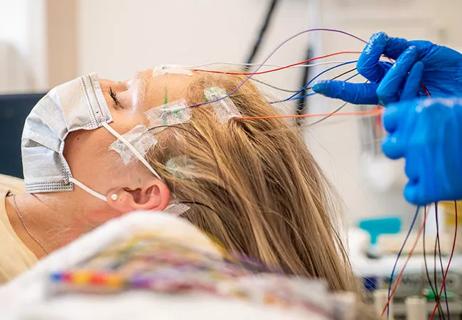
Model relies on analysis of peri-ictal scalp EEG data, promising wide applicability

Investigational gene approaches offer hope for a therapeutically challenging condition
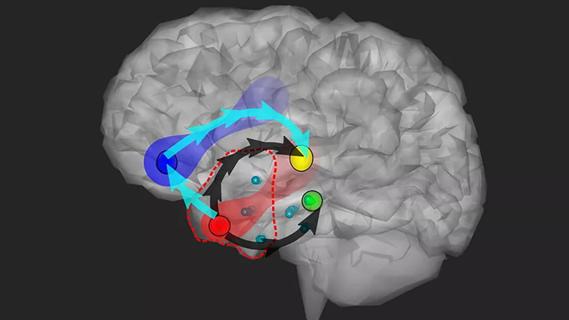
Study combines intracranial electrophysiology and SPECT to elucidate the role of hypoperfusion
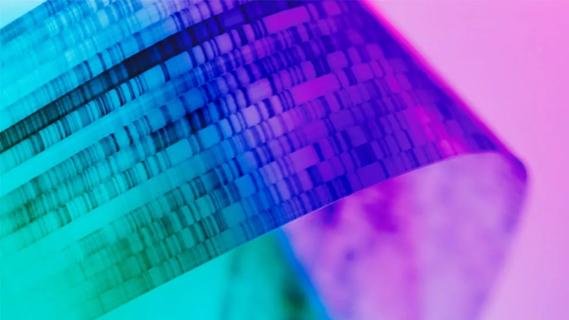
Characterizing genetic architecture of clinical subtypes may accelerate targeted therapy
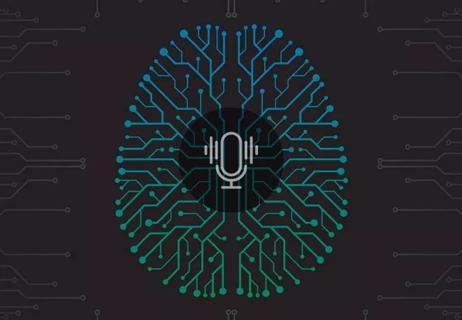
Data-driven methods may improve seizure localization and refine surgical decision-making

Pre-retirement reflections from a pioneering clinician, researcher and educator
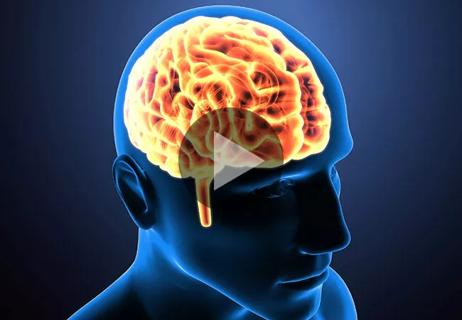
Multivariable models help estimate risk of postoperative declines in cognition and mood